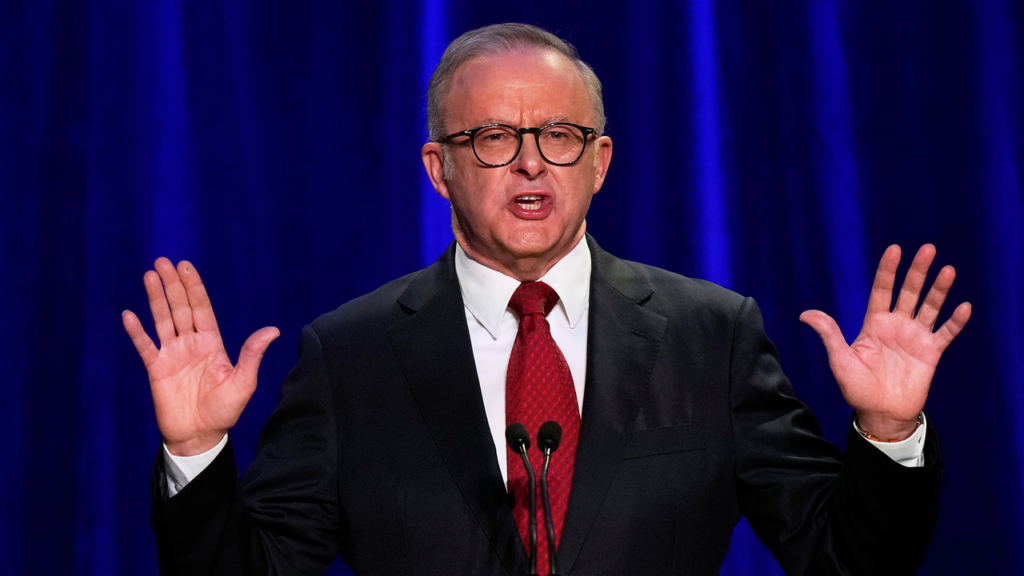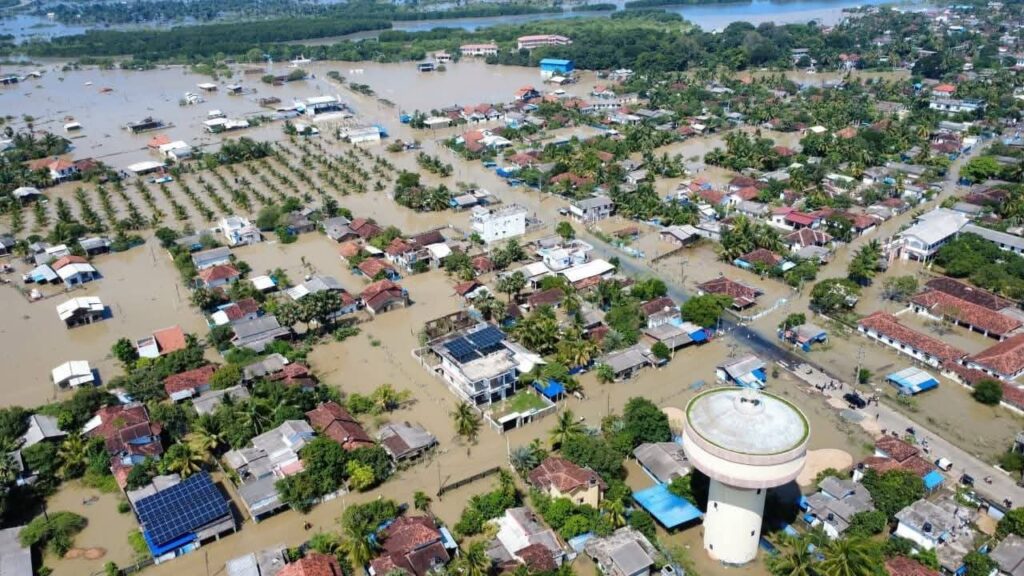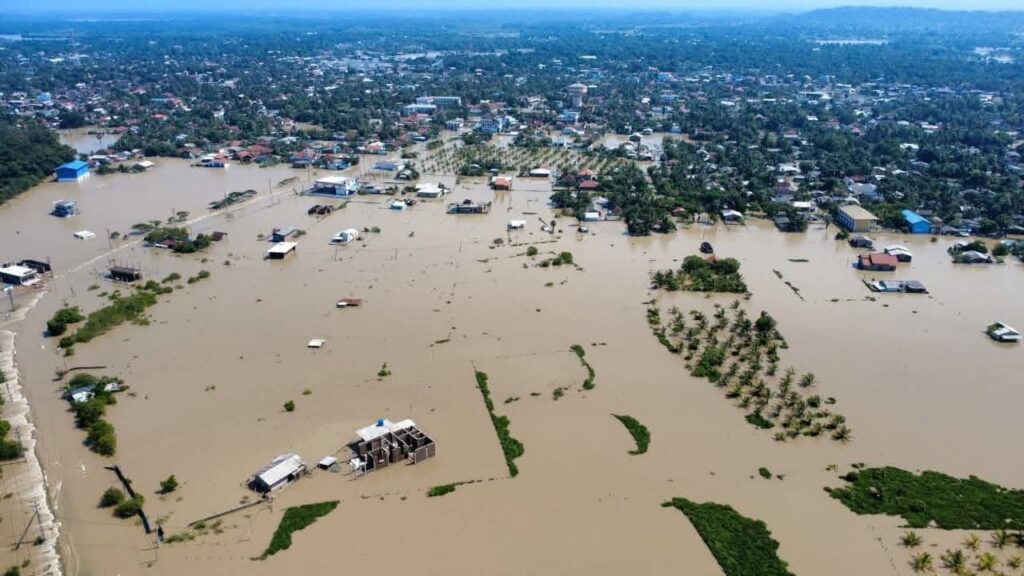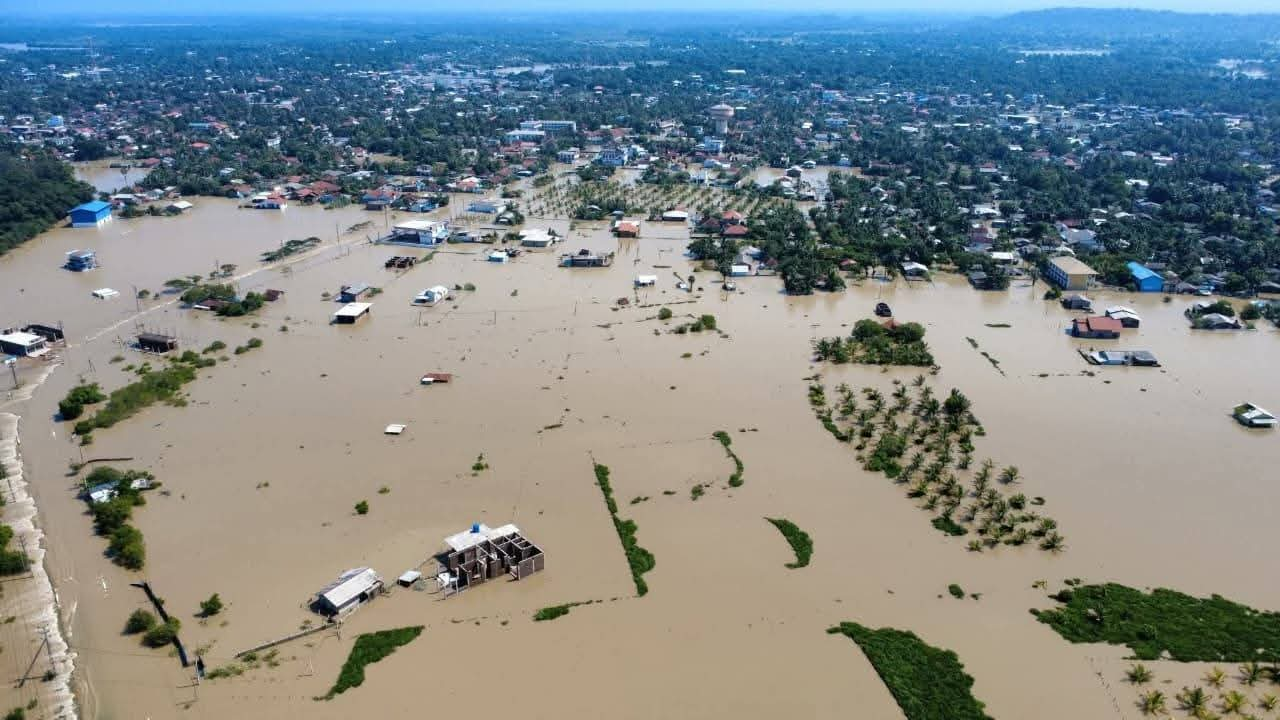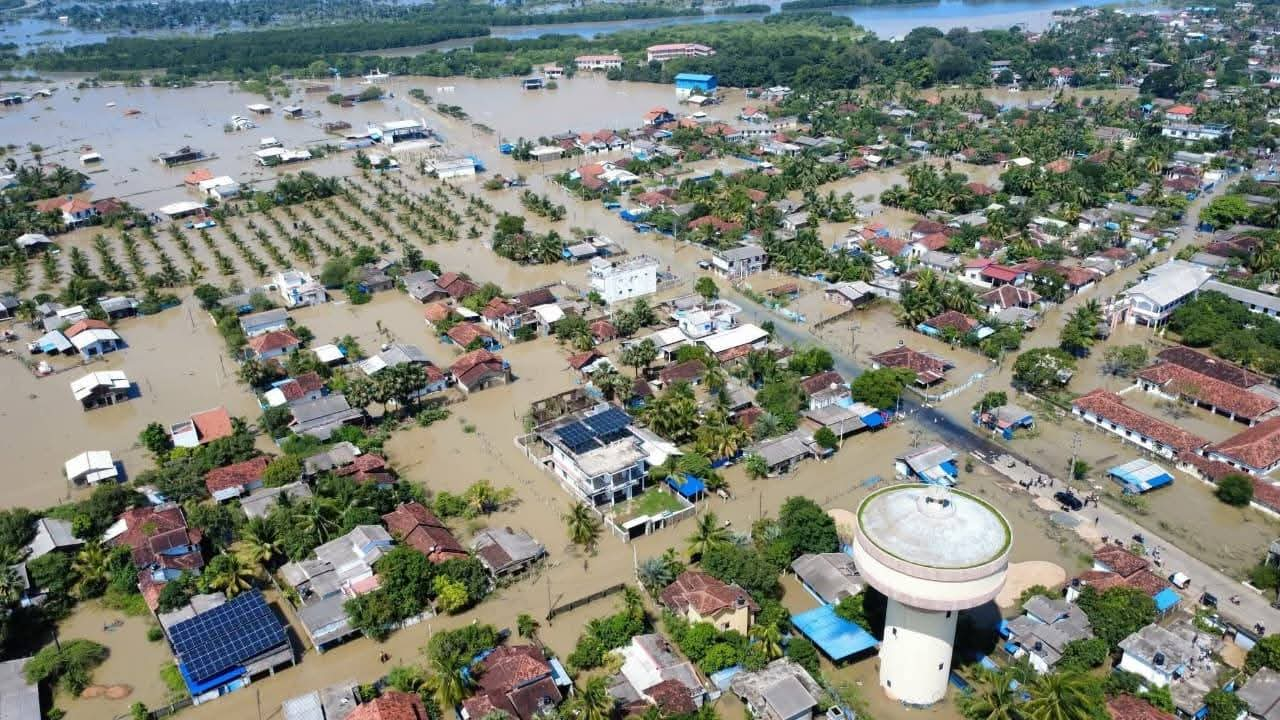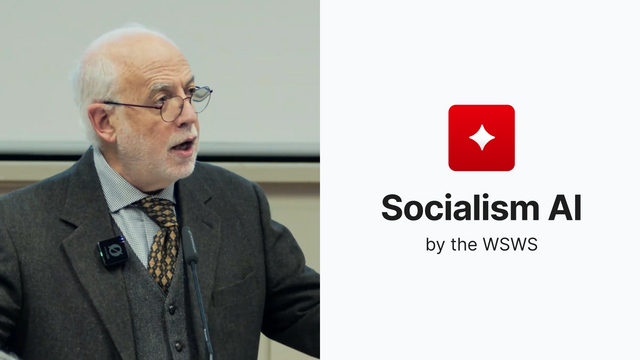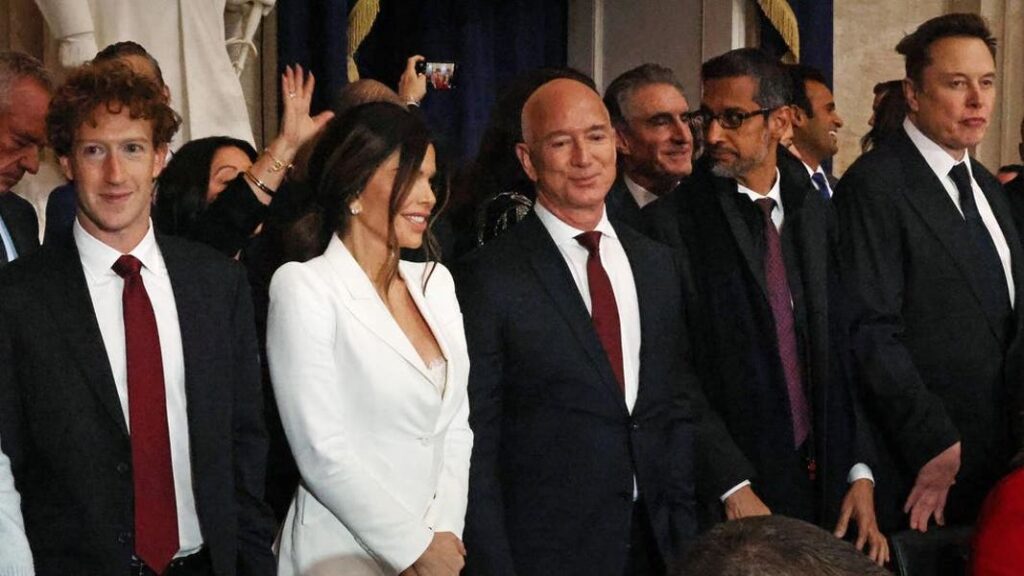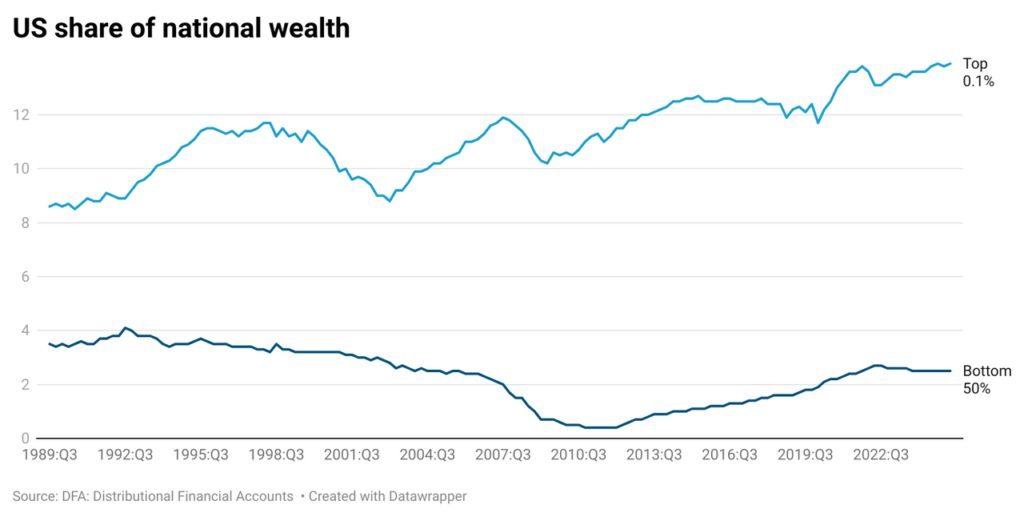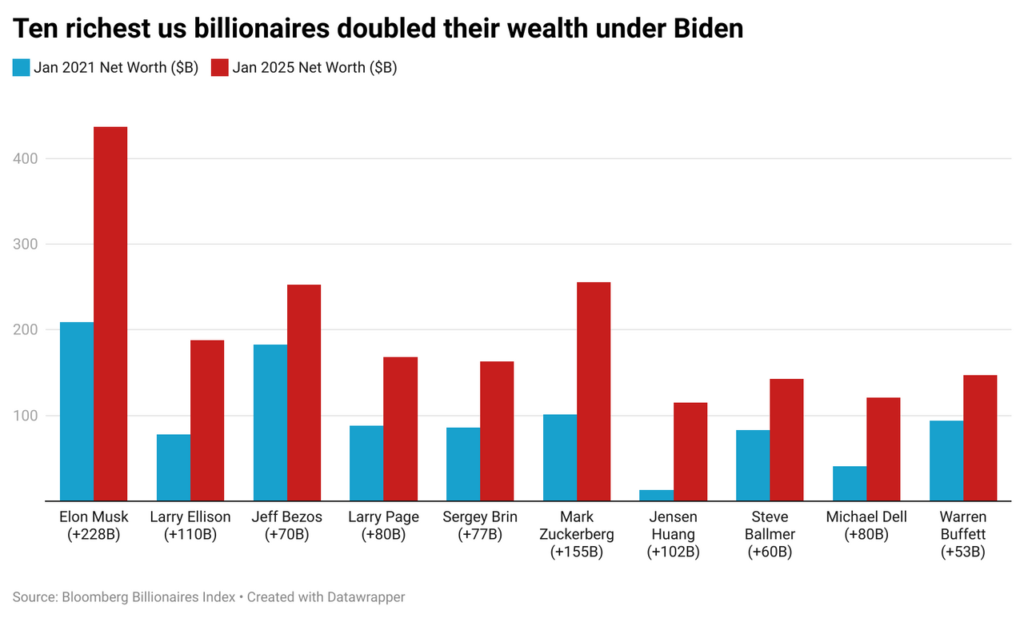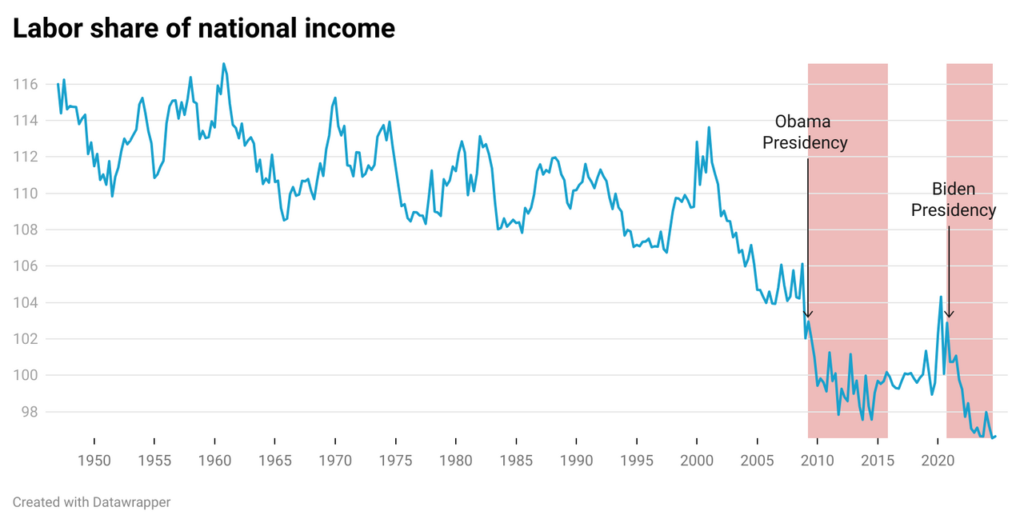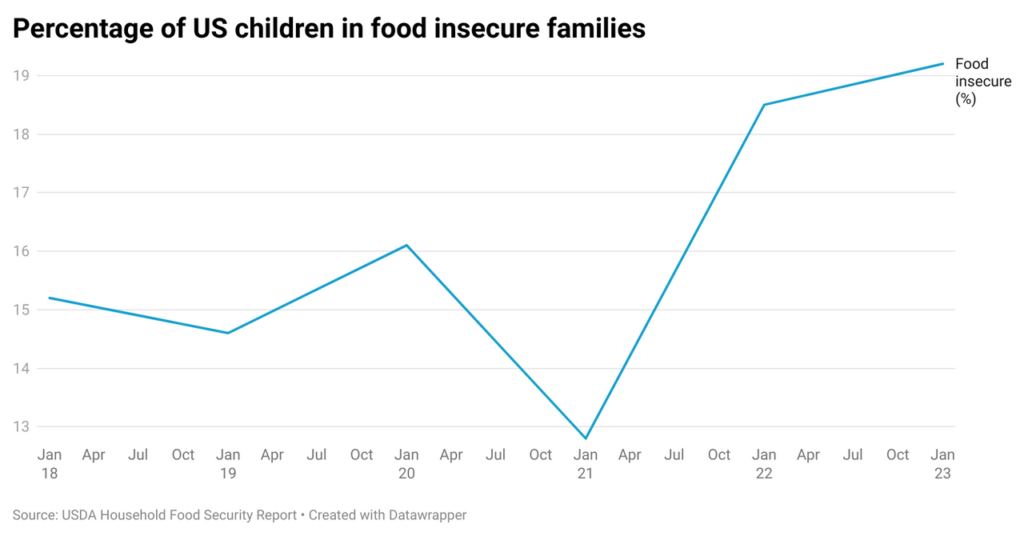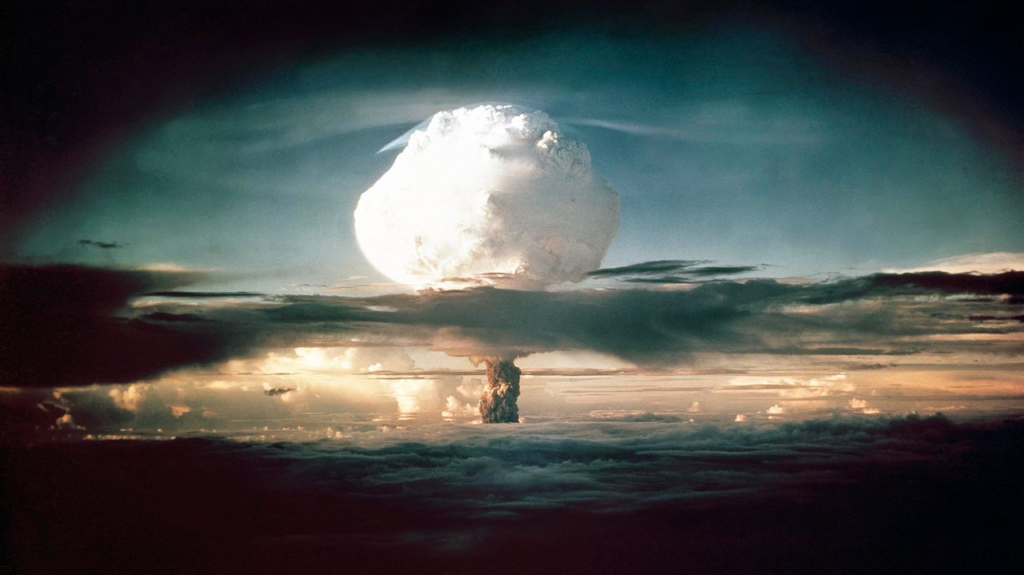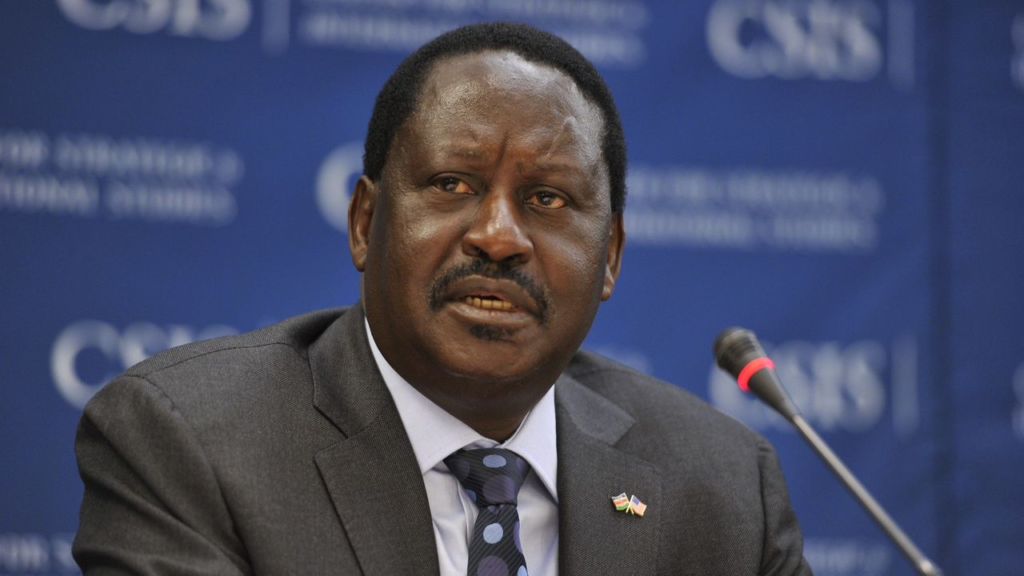ට්රම්ප් වෙනිසියුලාවට එරෙහිව නව-යටත්විජිතවාදී කොල්ලකෑමේ යුද්ධයක තර්ජනය කරයි
ඇන්ඩ්රේ ඩේමන් විසිනි.
මෙහි පලවන්නේ ලෝක සමාජවාදී වෙබ් අඩවියේ (ලෝසවෙඅ) 2025 දෙසැම්බර් 15 දින ‘ Trump threatens neo-colonial war of plunder against Venezuela’ යන හිසින් පලවූ ඇන්ඩ්රේ ඩේමන් විසින් ලියන ලද ඉදිරිදර්ශන ලිපියේ සිංහල පරිවර්තනය යි.
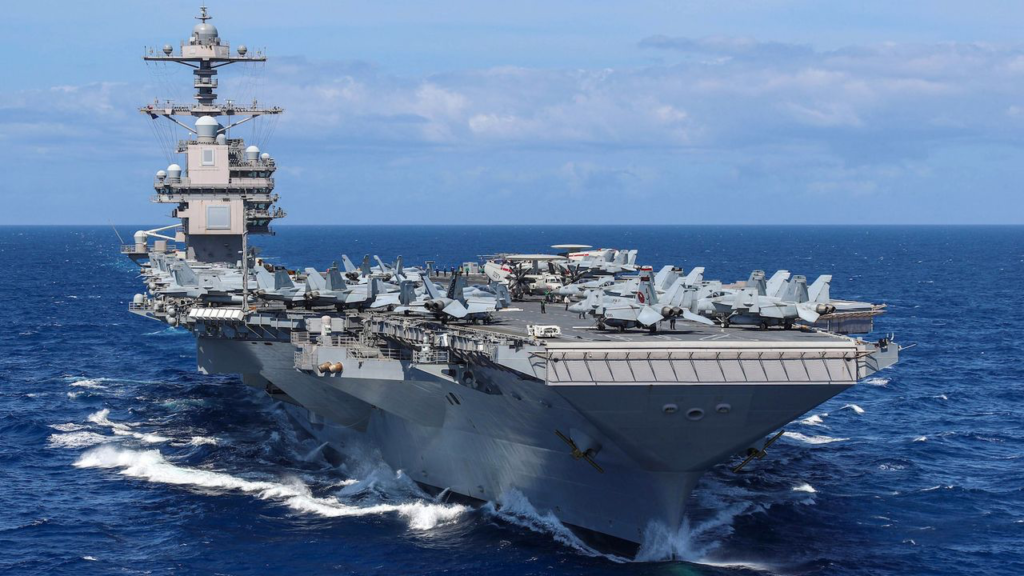
එක්සත් ජනපද අධිරාජ්යවාදය නැවතත් යුද මාවතට පිවිස ඇති අතර, මෙවර වෙනිසියුලාවට තර්ජනය කරන්නේ මුළු ලතින් ඇමරිකාවම යටත් කර ගැනීමේ ක්රමානුකූල මෙහෙයුමක කොටසක් ලෙස ය. ජනාධිපති ඩොනල්ඩ් ට්රම්ප් පසුගිය සතියේ පොලිටිකෝ වෙත පැවසුවේ වෙනිසියුලා ජනාධිපති නිකොලස් මධුරෝගේ “දින සීමිත” බවයි. ඔහු සිකුරාදා ප්රකාශ කළේ ගොඩබිම් ප්රහාර “ඉතා ඉක්මනින්” ආරම්භ වන බවයී.
වෝල් ස්ට්රීට් ජර්නලයේ කර්තෘ මණ්ඩලය ඔහුගේ ක්රියාවන් පාලන තන්ත්ර වෙනසක් සිදුකිරීමේ ප්රතිඥාවක් ලෙස විස්තර කළ අතර, ට්රම්ප් දැන් මධුරෝ නෙරපා හැරීම සදහා ඔහුගේ කැපවීම “පිළිපැදීමට බැඳී සිටී” යැයි ලිවීය.
1962 කියුබානු මිසයිල අර්බුදයෙන් පසු කැරිබියන් වල විශාලතම ඇමරිකානු හමුදා යෙදවීම මගින් ට්රම්ප්ගේ තර්ජනවලට පිටු බලය ලැබී තිබේ. භටයින් 15,000 කට වැඩි පිරිසක්, යූඑස්එස් ජෙරල්ඩ් ආර්. ෆෝඩ් ගුවන් යානා වාහක නෞකාව ඇතුළු යුද නැව් දුසිමක් සහ ගුවන් යානා විශාල ගණනක් වෙනිසියුලාවට පහර දෙන දුරින් පෙන්ටගනය යොදවා ඇත.
සැප්තැම්බර් මාසයේ සිට, එක්සත් ජනපද හමුදා දකුණු කැරිබියන් සහ නැගෙනහිර පැසිෆික් කලාපයේ බෝට්ටු වලට එරෙහිව ඩ්රෝන සහ මිසයිල ප්රහාර 22 කට වඩා දියත් කර ඇති අතර, අවම වශයෙන් පුද්ගලයින් 87 දෙනෙකු ඝාතනය කර තිබේ.
මෙම මෙහෙයුම් මත්ද්රව්ය ජාවාරමට එරෙහිව සටන් කිරීම අරමුණු කරගත් බවට වන ධවල මන්දිරයේ ප්රකාශය පැහැදිලි වංචාවකි. වෙනිසියුලාවේ එක්සත් ජනපද මැදිහත්වීමේ සැබෑ අරමුණු පසුගිය බදාදා පරිපාලනය විසින් ඩොලර් මිලියන 78 ක් පමණ වටිනා බොරතෙල් බැරල් මිලියන 1.1 ක් රැගත් වෙනිසියුලානු තෙල් නැවක් අත්අඩංගුවට ගත් විට පැහැදිලි විය.
පසුදා අත්අඩංගුවට ගත් තෙල්වලට කුමක් සිදුවේදැයි විමසූ විට, ට්රම්ප් මැර කල්ලි භාෂාවෙන් පිළිතුරු දුන්නේ මෙසේය: “ඔව්, මම හිතන්නේ අපි ඒක තියා ගන්නවා.” නැව දැන් ඇමරිකානු හමුදා ආරක්ෂාව යටතේ එක්සත් ජනපද තෙල් කර්මාන්තයේ මධ්යස්ථානයක් වන ටෙක්සාස් හි ගැල්වෙස්ටන් වෙත පැමිණ ඇත.
වෙනිසියුලාවට එරෙහි ව්යාපාරයේ කොල්ලකාරී අරමුණු සහ ලතින් ඇමරිකාව තුල පුළුල් මැදිහත්වීම, පසුගිය මාසයේ ධවල මන්දිරය විසින් ප්රකාශයට පත් කරන ලද ජාතික ආරක්ෂක මූලෝපායේ දක්වා ඇත. මෙම ලේඛනය ” මොන්රෝ මූලධර්මයට ට්රම්ප් අනුෂංගයක් (දිගුවක්)” නිවේදනය කරන අතර, “බටහිර අර්ධගෝලයේ ඇමරිකානු ප්රමුඛත්වය” ප්රතිෂ්ඨාපනය කිරීමේ ඉලක්කයක් පැහැදිලිව ස්ථාපිත කරමින්, “අපගේ අර්ධගෝලයේ මූලෝපායිකව වැදගත් වත්කම් … හිමිකර ගැනීමට හෝ පාලනය කිරීමට චීනයට ඇති හැකියාව” ප්රතික්ෂේප කරයි. එය “කලාපයේ ඇමරිකානු සමාගම් සඳහා මූලෝපායික අත්පත් කර ගැනීම් සහ ආයෝජන අවස්ථා හඳුනා ගැනීම සදහා” රජය යොමු කරවයි.
මෙම ලේඛනය “අපගේ අර්ධගෝලය” ලෙස ඉදිරිපත් කර ඇති මහාද්වීප දෙක මත එක්සත් ජනපද අයිතිය සඵල ලෙස තහවුරු කරයි. රුසියාව සහ චීනය සමඟ ගැටුමක් සඳහා බල කඳවුරක් ලෙස භාවිතා කිරීම පිණිස බලහත්කාරයෙන් ඒවා අල්ලා ගැනීමට සැලසුම් කරන බැවින්, එක්සත් ජනපදය ලතින් ඇමරිකාවේ සම්පත් “අයිතිකරගෙන” “පාලනය” කරනු ඇත.
බැරල් බිලියන 300 කට වඩා වන ලොව විශාලතම තහවුරු කරන ලද තෙල් සංචිත වෙනිසියුලාව සතුව ඇත. තෙල් වලට අමතරව, ලතින් ඇමරිකාව සතුව, මෝටර්, අර්ධ සන්නායක සහ බැටරි සඳහා අත්යවශ්ය ද්රව්ය වන ලිතියම් සහ තඹ විශාල සංචිත ඇත. චිලීය යනු ලොව ප්රමුඛතම තඹ නිෂ්පාදකයා වන අතර විශාලතම ලිතියම් සංචිතය ද හිමි රටයි.
වෙනිසියුලාවේ තෙල් සහ ස්වභාවික සම්පත් අත්පත් කර ගැනීමේ එක්සත් ජනපද සැලැස්ම රුසියාව සහ චීනය යන දෙකම ඉලක්ක කරයි. බොහෝ දුරට සහතික කළ තෙල් අලෙවිය හරහා ආපසු ගෙවීම් කරනු ලබන, ඩොලර් බිලියන 62 කට වඩා ණය 2005 සිට ලබා දී ඇති චීනය වෙනිසියුලාවේ විශාලතම ණයහිමියා වන අතර, දැනට වෙනිසියුලාවේ අපනයනවලින් සියයට 80 ක් මිලදී ගනී. රුසියාව වෙනිසියුලානු බලශක්ති යටිතල පහසුකම් සඳහා බිලියන ගණනක් ආයෝජනය කර ඇත.
වෙනිසියුලාවට එරෙහි සිය ව්යාපාරයේදී, ට්රම්ප් පරිපාලනය නීත්යානුකූලභාවය සඳහා වූ ඉතාමත් දුර්වල මවාපෑම් පවා ප්රතික්ෂේප කර ඇත. අපරාධකාරී වූ 2003 දී සිදු කල ඉරාක ආක්රමණයේදී, බුෂ් පරිපාලනය අවම වශයෙන් එහි ක්රියාවන් සඳහා–කෙතරම් වංචනික වුවත්–යම් නීතිමය සාධාරණීකරණයක් ගොඩනගා ගැනීමට උත්සාහ කළේය. මෙහි දී එවැනි කිසිදු උත්සාහයක් නැත. පරිපාලනය හුදෙක් මහ මුහුදේ මිනිසුන් ඝාතනය කිරීමට, විදේශීය ජාතීන්ගේ දේපළ අත්පත් කර ගැනීමට සහ අභිමතය පරිදි ආණ්ඩු පෙරලා දැමීමට ඇති අයිතිය ප්රකාශ කර ඇත. එක්සත් ජනපදය දැන් වෙනිසියුලාව කෙරෙහි අනුගමනය කරන ප්රතිපත්තිය සහ 1930 ගණන්වල අගභාගයේදී හිට්ලර් අසල්වැසි රටවල් ආක්රමණය කිරීම අතර අර්ථවත් වෙනසක් නොමැත.
වෙනිසියුලාව තුළ මැදිහත්වීම් සම්බන්ධයෙන් එක්සත් ජනපදයට දිගු ඉතිහාසයක් ඇත. 1908 දී, ඉදිරි වසර 27 තුළ කුරිරු ඒකාධිපතියෙකු ලෙස පාලනය කළ ජුවාන් විසෙන්ටේ ගෝමස් බලයට පත් කළ කුමන්ත්රණයකට එක්සත් ජනපදය සහාය දුන් අතර, එමගින් වෙනිසියුලාවේ තෙල් සම්පත් ඇමරිකානු සංගතවලට විවෘත කළේය.
මෙය ලතින් ඇමරිකාව පුරා ඇමරිකානු පාලන තන්ත්ර වෙනස් කිරීමේ මෙහෙයුම් වල–සෘජු මිලිටරි මැදිහත්වීම් හෝ සීඅයිඒ කුමන්ත්රණ හරහා වේවා–දිගු, ලේ වැකි ඉතිහාසයේ එක් පරිච්ඡේදයක් පමණි. එක්සත් ජනපදය ග්වාතමාලාවේ (1954), බ්රසීලයේ (1964) සහ චිලීයේ (1973) ආණ්ඩු පෙරලා දැමීය; 1980 ගණන්වල එල් සැල්වදෝරයේ ඝාතක කල්ලි සන්නද්ධ කළේය ; 1989 දී පැනමාව ආක්රමණය කළේය; සහ මෑත වසරවලදී බ්රසීලයේ ජයේ බොල්සොනාරෝගේ (Jair Bolsonaro) සහ ආර්ජන්ටිනාවේ හාවියේ මිලෙයිගේ (Javier Milei) අන්ත දක්ෂිණාංශික රජයන්ට සහාය දී තිබේ.
ට්රම්ප් පරිපාලනයේ අරමුණ වන්නේ වෙනිසියුලාවේ, කොලොම්බියාවේ සහ කියුබාවේ ආන්ඩු පෙරලා දමා මෙම රටවල ස්වාභාවික සම්පත් කොල්ලකන සහ කම්කරු පන්තිය ම්ලේච්ඡ ලෙස මර්දනය කරන ලේ වැකි ආඥාදායකත්වයන් ස්ථාපිත කිරීමයි.
මෙම මෙහෙයුමේ ප්රචාරක අංශය ලෙස ඇමරිකානු මාධ්ය කටයුතු කර ඇත. සති අන්තයේ දී, CBS ප්රවෘත්ති සේවය වෙනිසියුලානු විපක්ෂ නායක මාරියා කොරිනා මචාඩෝ සමඟ කළ බයාදු සහ චාටුකාර සම්මුඛ සාකච්ඡාවක් විකාශනය කළේය. ඇය විවෘතව එක්සත් ජනපද මිලිටරි මැදිහත්වීමක් වෙනුවෙන් පෙනී සිටියාය. මචාඩෝ සහ වෙනිසියුලානු විපක්ෂයට එක්සත් ජනපද ආක්රමණයක් අවශ්ය වීමට හේතුව සරලය: ඔවුන්ට වෙනිසියුලාව තුළ මහජන සහයෝගයක් නැත. වසර ගණනාවක් තිස්සේ එක්සත් ජනපදයේ පිටුබලය ලත් අස්ථාවර කිරීමේ උත්සාහයන්ගෙන් පසුව විපක්ෂයට අභ්යන්තර ක්රම මගින් මදුරෝ බලයෙන් පහ කිරීමට නොහැකි වී තිබේ. ඒ, වෙනිසියුලානු ජනතාවට වොෂින්ටනයේ රූකඩ විසින් පාලනය කරනු ලැබීමට කිසිදු කැමැත්තක් නොමැති නිසාය.
ඇමරිකානු දේශපාලන සංස්ථාපිතය තුළ, ට්රම්ප් පරිපාලනය වෙනිසියුලාවට එරෙහිව ගෙන යන ක්රියාමාර්ගයට කිසිදු විරෝධයක් එල්ල වී නොමැත. වෙනිසියුලාවේ පාලන තන්ත්ර වෙනසකට විරුද්ධ දැයි විමසූ විට සෙනෙට් සභා සුළුතර නායක චක් ෂුමර් බදාදා මෙසේ පිළිතුරු දුන්නේය: “ඔබ දන්නවා, පැහැදිලිවම මදුරෝ සිය කැමැත්තෙන්ම පලා ගියහොත්, සෑම කෙනෙකුම එයට කැමති වනු ඇත.”
සෙනෙට් බුද්ධි කමිටුවේ ජ්යෙෂ්ඨතම ඩිමොක්රටිකයෙකු වන වර්ජිනියාවේ සෙනෙට් සභික මාර්ක් වෝනර් ඉරිදා ABC හි “මේ සතිය” වැඩසටහනට පෙනී සිටියේය. ට්රම්ප්ගේ, මදුරෝ “ඒකාධිපතියා පලවා හැරීමට ගන්නා උත්සාහය” සමඟ “ඔබ එකඟද” යනුවෙන් වැඩසටහනේ සත්කාරක මාර්තා රඩැට්ස් වෝනර්ගෙන් විමසූ විට, වෝනර් පිළිතුරු දුන්නේ, “වෙනිසියුලානු ජනතාවට මදුරෝ ඉවත් කිරීමට අවශ්ය බවට මම එකඟ වෙමි” යනුවෙනි.
පසුගිය සතියේ, ඩිමොක්රටික් කොංග්රස් නායකත්වය රිපබ්ලිකන්වරුන් සමඟ එක්වී එක්සත් ජනපද ඉතිහාසයේ විශාලතම මිලිටරි අයවැය සම්මත කළේය. අතිරේක අරමුදල් සමඟ ඒකාබද්ධ කළ විට ඩොලර් ට්රිලියන 1 කට වඩා වැඩි ඩොලර් බිලියන 901 ක ජාතික ආරක්ෂක බලය පැවරීමේ පනතට සුළුතර [එනම් ඩිමොක්රටික් පාක්ෂික] නායක හකීම් ජෙෆ්රිස්, සුළුතර සංවිධායක කැතරින් ක්ලාක් සහ ඩිමොක්රටික් කොකස් සභාපති පීට් අගුයිලර් යන අයගෙන් ඡන්ද ලැබුණි.
ඩිමොක්රටික් පක්ෂයේ ප්රමුඛ කොටස් වෙනුවෙන් කතා කරන නිව්යෝර්ක් ටයිම්ස් පුවත්පත, “ගැලපීම ඉක්මවා ගොසින්: එක්සත් ජනපද හමුදාවට එයම ප්රති නිර්මාණය ගැනීමට අවශ්ය ඇයි?” යන මාතෘකාව යටතේ කතුවැකි මාලාවක් ප්රකාශයට පත් කර ඇත. නව ලෝක යුද්ධයක් සඳහා ප්රමාණවත් ලෙස සූදානම් වීමට පෙන්ටගනය අසමත් වෙමින් සිටින බවට තර්ක කරමින්, “කෙටි කාලීනව, ඇමරිකානු හමුදාවේ පරිවර්තනයට අමතර වියදම් අවශ්ය විය හැකිය” යනුවෙන් ටයිම්ස් පිළිගනී. ට්රම්ප් සමඟ ඩිමොක්රටික් පක්ෂ සංස්ථාපිතයට මතභේද ඇති තාක් දුරට, ඒ, ඔහු රුසියාව සමඟ මිලිටරි ගැටුමකට ප්රමාණවත් ලෙස කැපවී නොමැති බව ඔවුන් විශ්වාස කරන නිසාය.
මිලිටරිය ගොඩනැගීම මධ්යයේ ඇලෙක්සැන්ඩ්රියා ඔකාසියෝ-කෝර්ටෙස් සහ බර්නි සැන්ඩර්ස් නිහඬව සිටිති. නිව්යෝර්ක් නගරාධිපති ධුරයට තේරී පත් වූ සොහ්රාන් මම්දානි ධවල මන්දිරයේදී දත් විලිත්තන ජායාරෑ-මෙහෙයුමක් සදහා ට්රම්ප් මුණගැසුණු අතර එහිදී ට්රම්ප්ගේ හමුදා වෙනිසියුලාවේ වෙරළට ඔබ්බෙන් නිරායුධ සිවිල් වැසියන් සාගරය ජලය මැද පුපුරුවා හරිමින් සිටියදී, “දැරිය හැකි මිල” ප්රවර්ධනය කිරීමේ ට්රම්ප්ගේ උත්සාහයට ප්රශංසා කළේය.
ට්රම්ප් පරිපාලනය වෙනිසියුලාවේ පමණක් නොව, ලතින් ඇමරිකාව පුරා සහ එක්සත් ජනපදය තුළම වෙඩි බෙහෙත් බැරලයකට ගිනිනූල දල්වමින් සිටී. වෙනිසියුලාව යටත් කර ගැනීමට සහ අත්පත් කර ගැනීමට කරන යුද්ධයක් වෙනිසියුලානු කම්කරු පන්තියෙන් සහ මහාද්වීපය පුරා කම්කරුවන්ගෙන් දැවැන්ත ප්රතිරෝධයකට මුහුණ දෙනු ඇත. ලතින් ඇමරිකාව දැනටමත් වැඩෙන පන්ති අරගලයේ කලාපයක් වන අතර, එක්සත් ජනපද ආක්රමණයක් මෙම විරුද්ධත්වය බෙහෙවින් තීව්ර කර අර්ධගෝලය පුරා විප්ලවවාදී නැගිටීම් වේගවත් කරනු ඇත.
ලතින් ඇමරිකාවේ තම පන්ති සහෝදර සහෝදරියන් අධිරාජ්යවාදය විසින් යටත් කර ගැනීමට විරුද්ධ වීම සදහා එක්සත් ජනපදයේ කම්කරුවන්ට ගැඹුරු පරදුවක් තිබේ. රට පුරා නගරවල විරෝධතා සහ වැඩ නැවැත්වීම් අවුලුවා ඇති ගෙස්ටාපෝ (Gestapo) පන්නයේ සංක්රමණික වැටලීම් වලට එරෙහිව ට්රම්ප් පරිපාලනය වැඩෙන විරෝධයකට මුහුණ දී සිටි. සමූහ දොට්ට දැමීම්, පහත වැටෙන මූර්ත (සැබෑ) වැටුප්, පොදු අධ්යාපනය සහ සෞඛ්ය සේවා විනාශ කිරීම සහ ආහාර මුද්දර, මෙඩිකේඩ්, මෙඩිකෙයාර් සහ සමාජ ආරක්ෂණ කප්පාදු හරහා ගෙවනු ලබනු ඇති කැරිබියානු යුධ (සූදානම) ගොඩනැගීමට අරමුදල් සපයන මිලිටරි අයවැය, කෝපාග්නිය අවුලුවයි .
විදේශයන්හි යුද්ධය රට තුළ මර්දනය තීව්ර කිරීමට යොදා ගැනේ. සාක්ෂි හෝ නිසි ක්රියා පටිපාටියකින් තොරව ජාත්යන්තර මුහුදේදී මිනිසුන් ඝාතනය කිරීමේ අයිතිය ඉල්ලා සිටින එම පරිපාලනයම, එක්සත් ජනපදය තුළ විරුද්ධ මත දැරීම අපරාධයක් ලෙස සැලකීමට අඩිතාලම දමමින් සිටී. ට්රම්ප් පරිපාලනය වෙනිසියුලාවේ වෙරළට ඔබ්බෙන් තම ඝාතන සාධාරණීකරණය කර ඇත්තේ, කිසිදු සාක්ෂියක් ඉදිරිපත් නොකර, තමන් විසින් ඝාතනය කරන ලද පුද්ගලයින් “ත්රස්තවාදීන්” බව ප්රකාශ කිරීමෙනි. විදේශයන්හි ස්ථාපිත මෙම පූර්වාදර්ශය එක්සත් ජනපදයට ආනයනය කරනු ඇති අතර, ඒ ෆැසිස්ට්වාදයට විරුද්ධ ඇමරිකානුවන් විස්තර කිරීම සඳහා ට්රම්ප් පරිපාලනය “ත්රස්තවාදීන්” යන වචනයම භාවිතා කරන පසුබිමකය.
1980 ගණන්වල, විශේෂයෙන් නිකරගුවාව ඉලක්ක කර ගනිමින් මධ්යම ඇමරිකාවේ පූර්න පරිමාණ යුද්ධයකට එක්සත් ජනපදය සූදානම් වෙමින් සිටියදී, රේගන් පරිපාලනය විසින් එවැනි යුද්ධයකට විරුද්ධ විය හැකි 300,000 ක් වටලා සිරගත කිරීමට සැලසුම් සකස් කරන ලදී. වසර 40 කට පසුව, ධවල මන්දිරයේ ෆැසිස්ට් කල්ලියක් බලයේ සිටිද්දී, මහා පරිමාණ මර්දනය සඳහා වන සූදානම බෙහෙවින් දියුණු ය.
එබැවින් වෙනිසියුලාවට එරෙහි අධිරාජ්යවාදී ප්රහාරයට එරෙහි අරගලය, යුද්ධය, ආඥාදායකත්වය සහ සමාජ ප්රතිවිප්ලවයට එරෙහි ජාත්යන්තර කම්කරු පන්තියේ පුළුල් සටනක කොටසක් ලෙස වටහා ගත යුතුය.
යුද්ධයට එරෙහි විරෝධය, සංක්රමණික වැටලීම්, කප්පාදු සහ සමාජ අයිතිවාසිකම් විනාශ කිරීමට එරෙහි අරගලය සමඟ ඒකාබද්ධ කළ යුතුය. මේ සඳහා ධනේශ්වර පක්ෂ දෙකෙන්ම සවිඥානිකව බිඳී යාම සහ කම්කරු පන්තියේ ස්වාධීන, ජාත්යන්තර සමාජවාදී ව්යාපාරයක් ගොඩනැගීම අවශ්ය වේ. යුද්ධයට හා ආඥාදායකත්වයට ඇද වැටීම නැවැත්විය හැක්කේ සහ කුඩා මූල්ය කතිපයාධිකාරයක ලාභ හා බලයට වඩා මානව අවශ්යතා සඳහා සේවය කිරීම පිණිස සමාජය ප්රතිසංවිධානය කළ හැක්කේ මෙම පදනම මත පමණි.
ට්රම්ප් වෙනිසියුලාවට එරෙහිව නව-යටත්විජිතවාදී කොල්ලකෑමේ යුද්ධයක තර්ජනය කරයි Read More »


